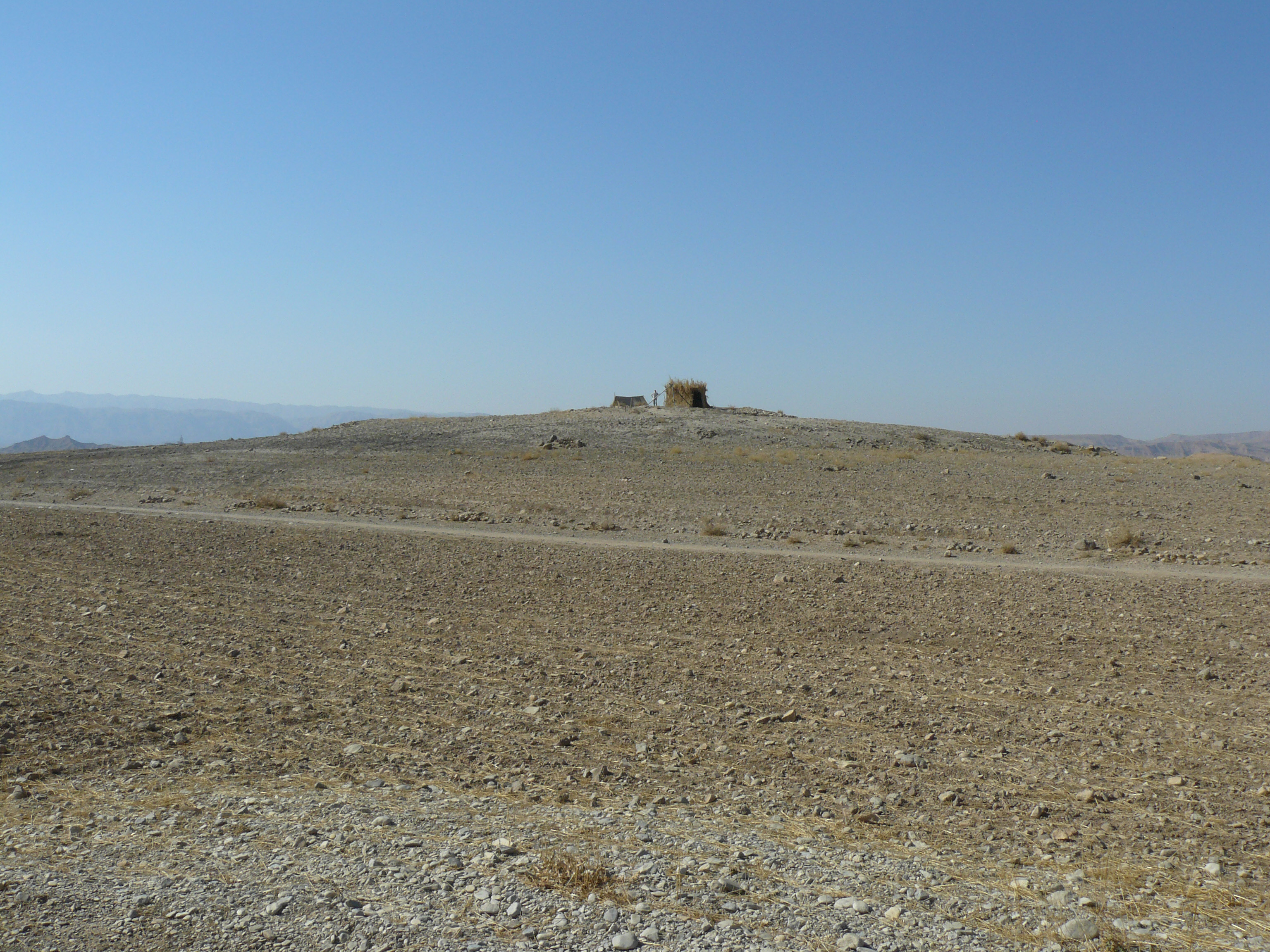Earliest agriculture

In 2013, archaeologists from the University of Tubingen described an astonishing example of early agriculture unearthed in a site called Chogha Golan in Eastern Iran.
Eastern stretches

The site, which was about 12,000 years old, was nestled in the Zagros Mountains, much further east than prior discoveries of agriculture from the same time period.
Continuous occupation

Isotope dating revealed that Chogha Golan was occupied between 12,000 and 9,800 years ago.
Layers of history

The mound, known as a tell, contains different layers of the ancient settlement.
Traveling back in time

Because early inhabitants of the region built houses out of mud on top of the rubble of earlier settlements, traveling down the tell can reveal a continuous story of occupation in the region. Here, archaeologist Nicholas Conard excavates Chogha Golan
Evidence of occupation

The site was teeming with evidence of early human settlement.
Stone fragments

Chipped stone fragments (possibly of tools) were found at the site.
Get the world’s most fascinating discoveries delivered straight to your inbox.
Clay figurine

The site also contained many simple clay figurines.
Ancient barley

But astonishingly, the excavations also revealed thousands of examples of ancient grains, such as this wild barley grain.
Gradual development

The layers of the excavation site revealed several stages of agriculture development. First, humans simply gathered wild grains. Next, they cultivated wild grains and finally developed their own domesticated versions, such as emmer, an early form of wheat.
Grinding tools

The site also harbored a number of tools, including mortars and grinding tools, that could have been used to grind cereals..

Tia is the managing editor and was previously a senior writer for Live Science. Her work has appeared in Scientific American, Wired.com and other outlets. She holds a master's degree in bioengineering from the University of Washington, a graduate certificate in science writing from UC Santa Cruz and a bachelor's degree in mechanical engineering from the University of Texas at Austin. Tia was part of a team at the Milwaukee Journal Sentinel that published the Empty Cradles series on preterm births, which won multiple awards, including the 2012 Casey Medal for Meritorious Journalism.
